#knights of phythias
Text
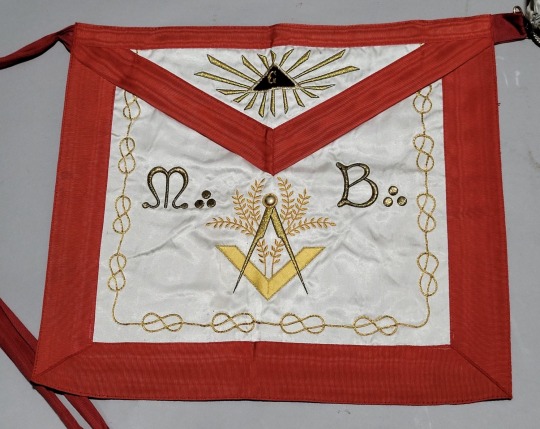
FRANC MACONNERIE:
Apron with Masonic symbols and medal.
Interencheres
#freemasonry#Masonic#fraternal#shriners#knights of phythias#odd fellows#knights templar#needlework#Embroidery#folk art
6 notes
·
View notes
Photo
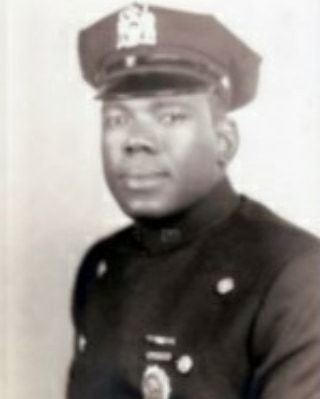
This is my family, just a bit of their history spanning just over 120 years. It is a depiction of one man's journey, and how he lived. How he fostered a greater sense of self despite the turbulence and passed it into 3 addition generations. *my apology for the poor resolution of some of the images from our Grandparents. . . William Fred Cooper, Sr., retired Detective, New York City Police Department 1898 -1986 .... Born December 2, 1898 in Eatonton, Georgia to John and Sara Cooper. He was one of five children; Roger, John, Charles and Ida Mae. Wiliam Cooper came to New York in his teens and worked as a longshoreman before joining the police force. A member of the Class of 1925, he was one of only two Black Police Officer recruits that year. Most of his tenure was spent in the 32nd precinct where he was known as the legendary "Four Horsemen". HIs police career spanned a period of 30 years and he earned a number of citations and awards before retiring as a Detective. A Member of the St. Paul's Lodge of the Knights of Phythias, his activities are chronicled in the Police Department Museum and the Schoemberg Black History Library. He worked with the Rt. Rev. Dr. J. Johnson to establish St. Martin's Church on 122st. in NYC. . . Mr. Cooper was a Article I, 1925 Club Member and belonged to the St. George Police Academy Society which he was Instrumental in organizing, and was also a member of the Guardians Association of the NYPD. His incredible strength was not only the physcial and emotional kind so often admired, but he also had a strength of character, enjoyed by too few of us in this day. His strength saw him through many adversities and over plenty of hurdles. He was a self -educated man, Willie "C", as he was affectionately called by some of the family, made certain that all 7 of his children were not only well-educated, but that they knew the value of an education in today's society. His philosophy that "you can be anything, that you want to be." ..... #conversations #knowledge #blm #blackhistory #family #morethancolor #character #determination #perseverance #willpower #nypd #detective #grandpa #soproud #salute (at New York, New York) https://www.instagram.com/p/CCW_--7D6ib/?igshid=1tfiiklobckq7
#conversations#knowledge#blm#blackhistory#family#morethancolor#character#determination#perseverance#willpower#nypd#detective#grandpa#soproud#salute
1 note
·
View note
Text

American Folk Art
Oddfellows wall mirror
USA, circa 1920s
carved oak, silvered glass
elaborately carved frame with Oddfellows symbols: interlocking links, skull and crossbones and all-seeing eye
8"w x 1"d x 10 5/8"h
Toomey Auctioneers
22 notes
·
View notes
Text
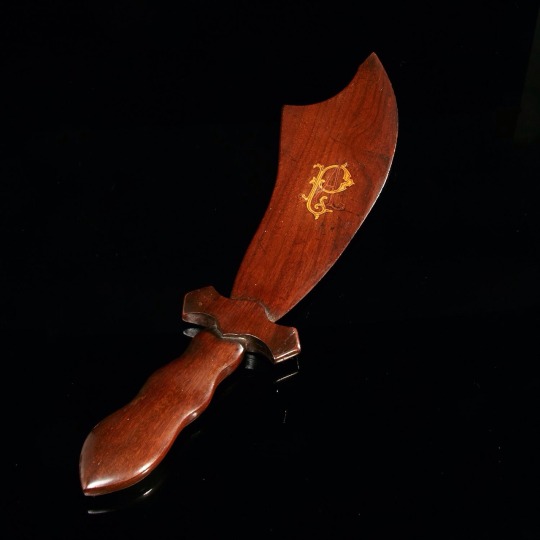
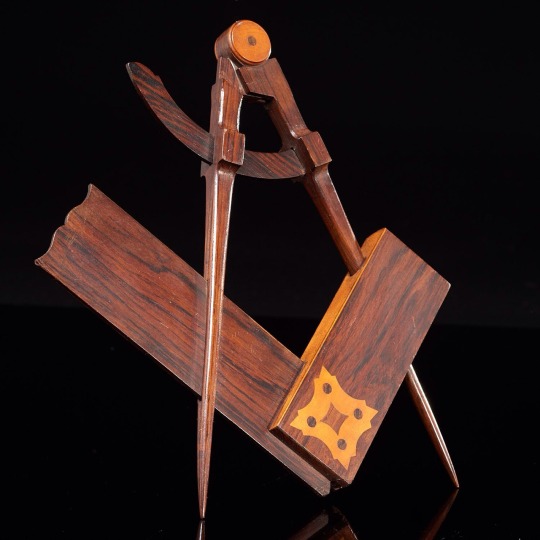
Fraternal order ceremonial inlaid wood scimitar.
Masonic square and compass.
Milleabros Auctioneers
44 notes
·
View notes
Text

Emblems for Royal Crown Lodge No. 22
1810/15
Artist:
Artist unknown
English, 19th century
AIC
8 notes
·
View notes
Text

Order of the Owls Social Room" Sign, Gold and black hand painted block letters on a green ground surrounding three perched owls, a black and gold applied border, 31 1/2" x 44 3/4" tall x 1 1/2" deep. The order is a secret fraternal order founded in 1904 in South bend, Indiana by John W. Talbot. Also includes a Keene Nest NO 1434 by-laws booklet, 1924. Provenance: Was in the Framingham Mass. Chapter.
Cobb Auctioneers
10 notes
·
View notes
Text
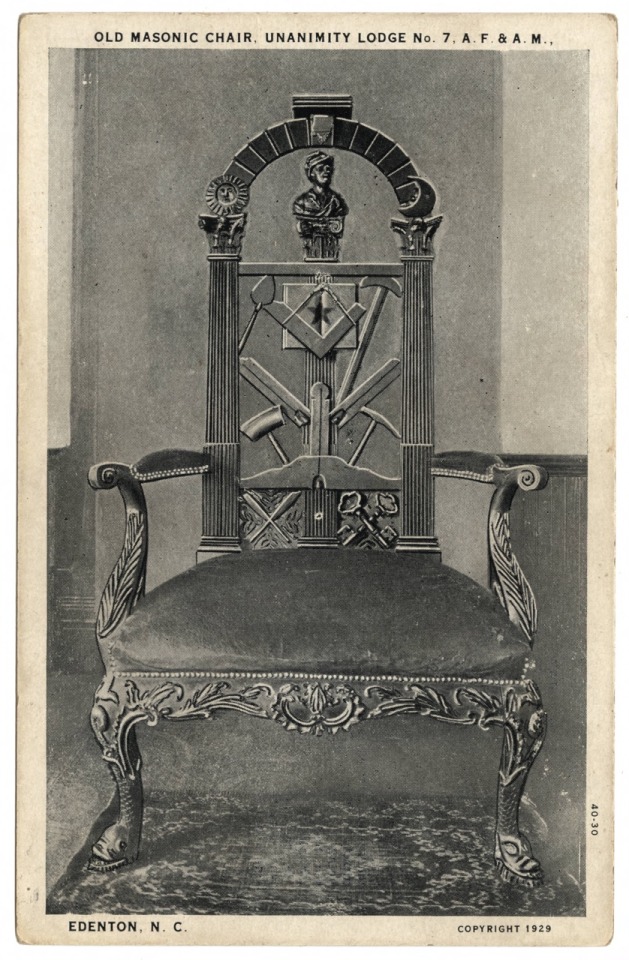
Old Masonic Chair, Unanimity Lodge No. 7 A.F. & A.M., Edenton, N.C.
Southern Folklife Collection
24 notes
·
View notes
Text
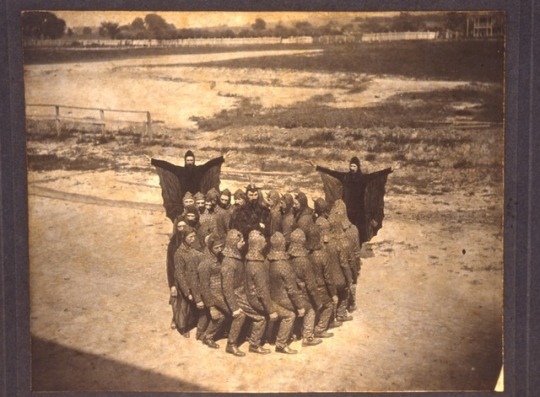
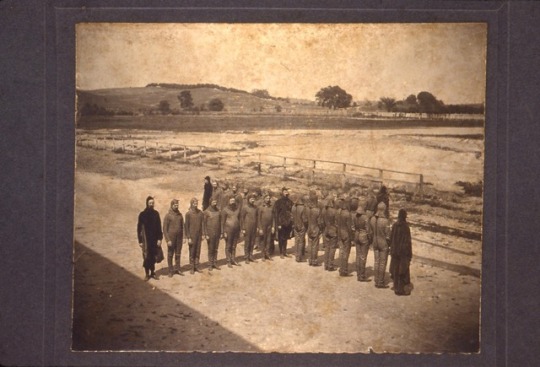
Knights of Pythias Demonic Degree Team
Welch, West Virginia 1880
Scottish Rite Museum
318 notes
·
View notes
Text

The Independent Order of Odd Fellows is an international fraternal and altruistic organization with the goals of promoting social and personal development, and providing assistance to people in need. The four men named on this collapsible cup were all North Carolina residents and members of the North Carolina Sovereign Grand Lodge of the Odd Fellows. The cup presumably commemorates a meeting held in Winnipeg, Manitoba, Canada in 1912.
Southern Folklife Collection
8 notes
·
View notes
Text

Masonic Armchair
1775–90
American
The seat and legs of this example are typical of the best Boston Rococo chairs, but the back is unusual. It is made up of Masonic symbols: fluted columns (referring to King Solomon’s temple), a rusticated arch (arch of heaven), a compass and square (faith and reason), a mason’s level (equality), a serpent swallowing its tail (rebirth), and a trowel (cement of brotherly love). The chair was probably made for the senior warden of an as-yet-unidentified Massachusetts lodge.
Metropolitan Museum of Art
4 notes
·
View notes
Text
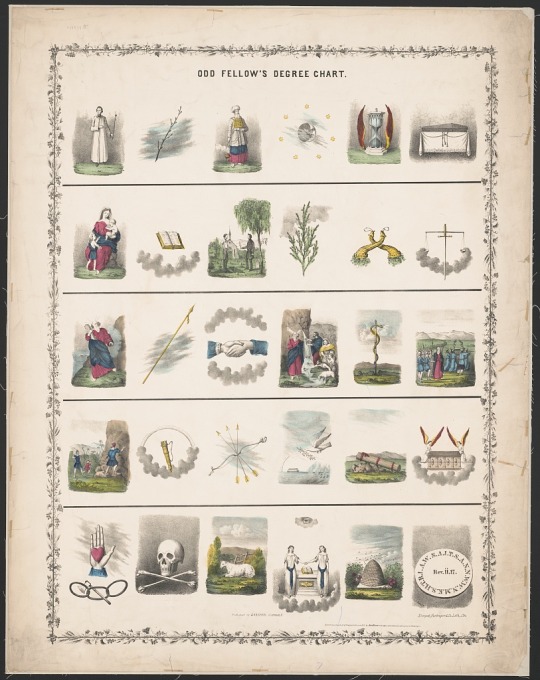
Odd fellow's degree chart.
1871
Library of Congress
14 notes
·
View notes
Text

Three-quarter length portrait of a bespectacled Thomas Cripps shown against a plain ground. He has brown hair and a beard and wears a dark dress coat, vest, and slacks. He holds a masonic sword in his left hand and a magnifying glass in his right. Over his shoulders he wears a collar with masonic jewelry and a gold cross and chain. The Masonic regalia on his collar include the Diamond Cross of the 32nd degree mason, a Rose Croix, and the Royal Secret Camp 32nd degree Esoteric.
Digital Louisiana
8 notes
·
View notes
Text
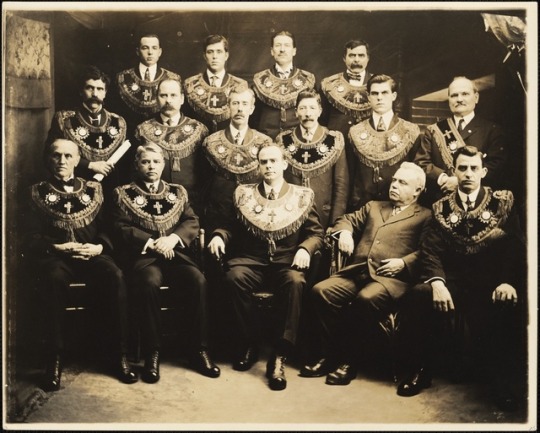
Lafayette Lodge (French Masonic Lodge)
[ca. 1880–1915]
Digital Commonwealth
25 notes
·
View notes
Text
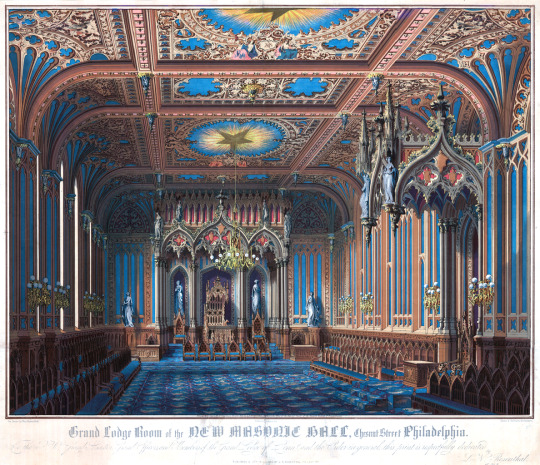
Grand Lodge Room of the New Masonic Hall. Chestnut Street, Philadelphia
This 1855 commemorative print shows the ornately decorated grand lodge room on the second floor of the New Masonic Hall, located at 713-721 Chestnut Street in Philadelphia. The hall was built 1853–55 after the designs of the Philadelphia architectural firm Sloan & Stewart, established in 1853 by architect Samuel Sloan and carpenter John Stewart. Rows of cushioned benches with carved backs line the room, which is adorned with gold vaulting over the turquoise-colored walls and ceiling. Interrupting the seating are two daises with lavish thrones; these are adorned with ornate Gothic-style canopies containing sculpted allegorical female figures. The larger dais dominates the background. A large gilt chandelier hangs over this dais, which contains several Gothic-style chairs, two chests, and sculpture displayed on pedestals and in alcoves. The smaller dais includes a chair and a chest, and is seen on the right in this image. The building was sold circa 1873 following the completion of the new Masonic Temple on North Broad Street and was later destroyed by fire in 1883. The artist of this chromolithograph was Max Rosenthal (1833–1918), a skilled lithographer, engraver, and painter. The printer was Louis N. Rosenthal (born circa 1824), a pioneer chromolithographer who operated the Philadelphia firm Rosenthal’s Lithography with his brothers Max, Morris, and Simon circa 1851–72. Max delineated the majority of the chromolithographs for the firm. Louis and Max were born in Turck, Russian Poland; Louis immigrated to the United States in 1848, and Max circa 1849. The firm produced illuminated book plates, sheet music covers, advertisements, labels, geological and anatomical drawings, portraits, maps, views of buildings, and during the Civil War, a series of camp and battle scenes. Library Company of Philadelphia
30 notes
·
View notes
Text
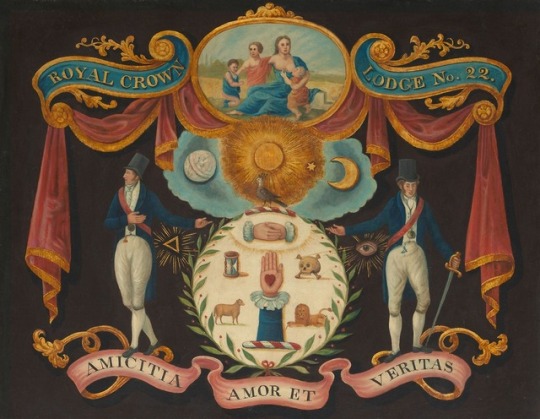
Emblems for Royal Crown Lodge No. 22
1810/15
Artist unknown
English, 19th century
Art Institute of Chicago
33 notes
·
View notes
Text
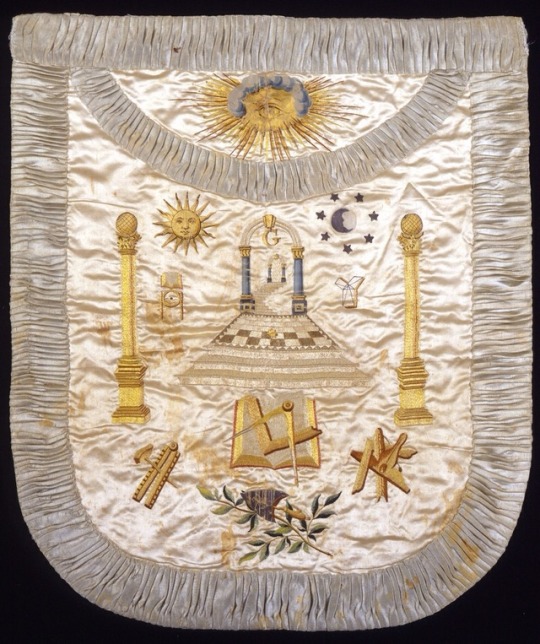
While Freemasonry is an exclusive society, limiting its membership to men, female relatives of Masons were familiar with many of the fraternity’s activities and symbols. Wives and daughters of Freemasons made aprons that the men wore at lodge rituals and meetings. From the aprons, as well as from household objects decorated with Masonic symbols, women could recognize and understand Masonic motifs.
During the late 1700s and early 1800s, three techniques were used to decorate Masonic aprons: printing, painting and embroidery. Using skills they learned at the local academy, girls and women painted or embroidered some of the aprons in the National Heritage Museum’s collection, while professional artists painted others. Local engravers and printers often provided designs printed on silk, which could be stitched into the familiar apron shape.
National Heritage Museum
32 notes
·
View notes